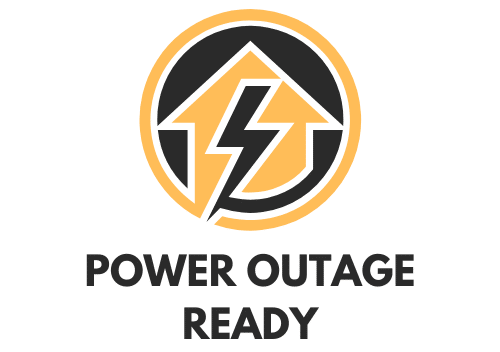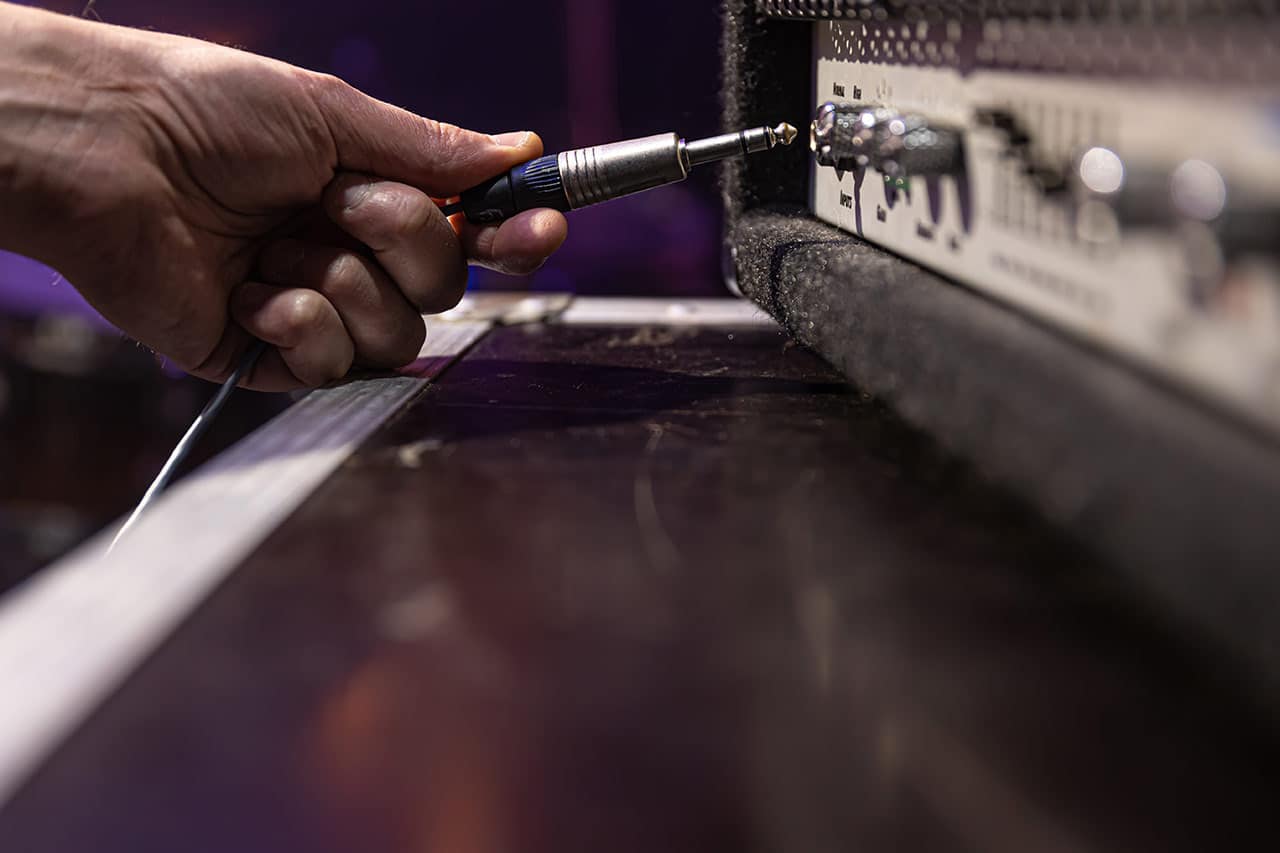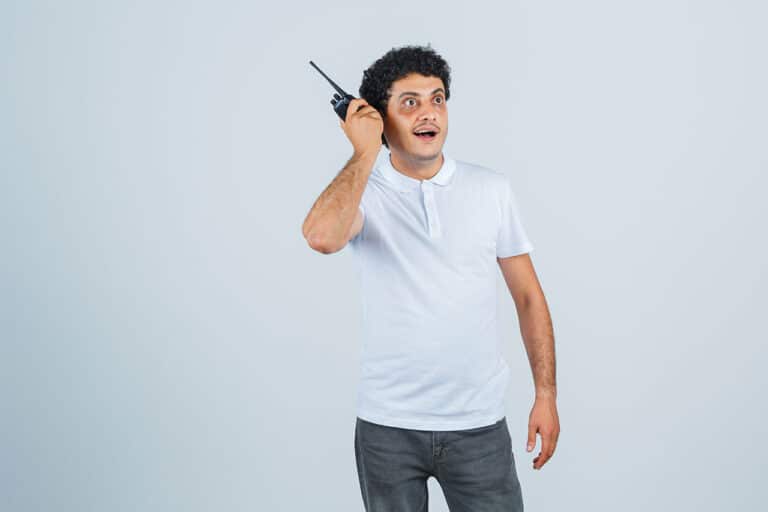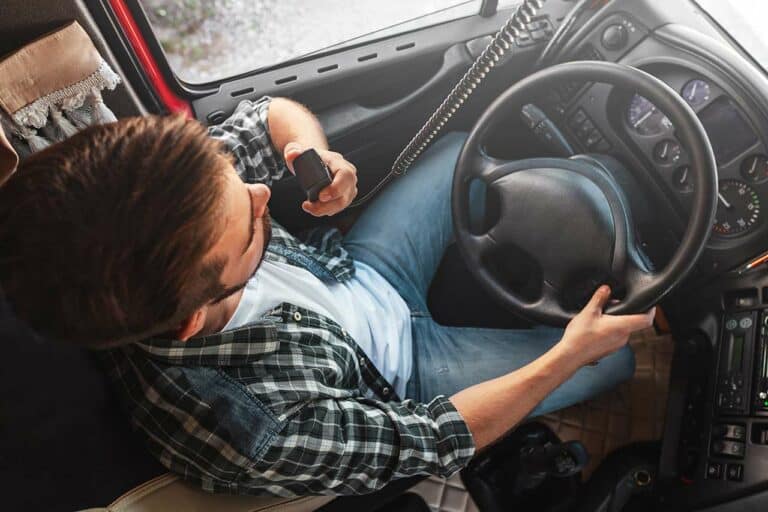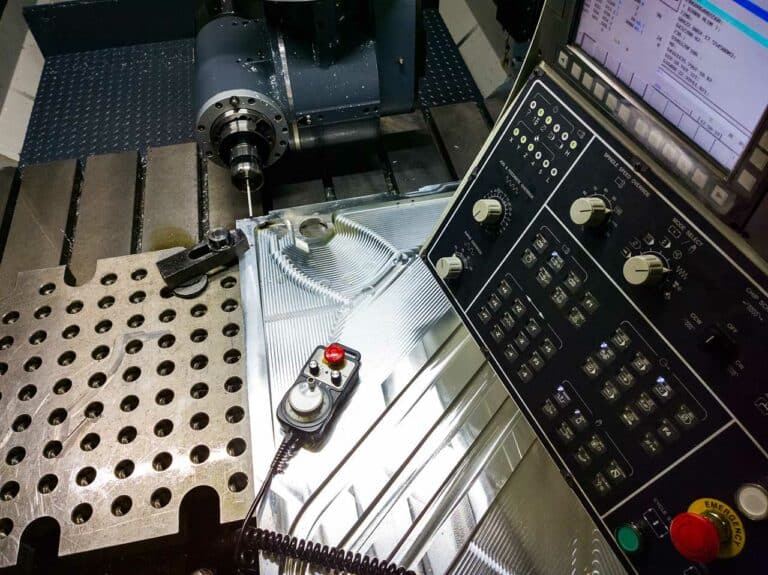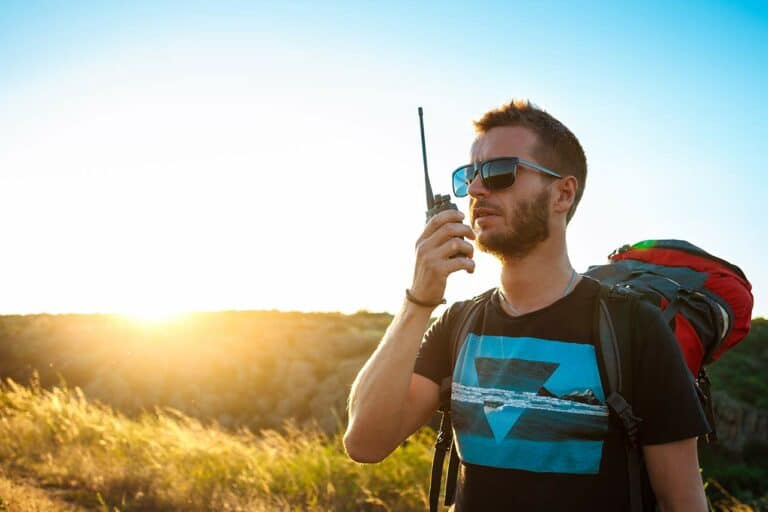CB Radios vs Ham Radios (Differences Explained)
CB radios and ham radios are two different types of personal radio communication systems that have been popular among various communities. While both allow people to communicate without the need for telephones or the internet, they differ in quite a few aspects such as range, licensing, and technical specifications.
CB (Citizen’s Band) radios operate under 40 AM channels, don’t require a license, and transmit at a lower power. They’re perfect for short-distance communication without the need for formal certification.
Ham radios, also known as amateur radios, offer a wider range of frequencies and communication modes, but require a license to operate. Ham radio users typically have an avid interest in the technical aspects and are dedicated to advancing their skills and knowledge about radio communication.
Understanding the key differences between CB and ham radios can help you choose which one is best suited to your needs.
(Hint: For most people, it will be a CB.)
Understanding CB Radios
CB radios, or Citizens Band radios, are a popular choice for short-range communication. They operate on 40 channels within the 27 MHz frequency range. Created to give folks a way to communicate without relying on telephones or the internet, CB radio services are ideal for users looking to stay connected with family or other radio operators while traveling or in situations where traditional means of communication may fail, such as a power outage.
These radios don’t require a license, which makes them quite accessible. They have a power output of about 4 watts for AM and 12 watts for SSB (Single Side Band) transmissions, allowing your voice to reach distances of a few miles. This range can be affected by the type of antenna you use, so picking a good one is key. The FCC (Federal Communications Commission) regulates CB radios, so you can trust that your conversations will be relatively free from interference.
CB radios are perfect for emergencies and safety purposes, as they provide quick communication when it’s needed most. It’s not uncommon to find a CB radio in the glove compartment of a truck or in the emergency kit of a smart traveler.
With CB radios being more affordable compared to other radio communication systems, they’re a great choice if you’re on a budget. The components of the CB system are also readily available, and CBs are easy to use once set up, so it’s an easy starter radio.
A couple of downfalls of CB radios is that they don’t support data transmission or Morse code — their main purpose is focused on communication between people using their voices — and they have limited ranges.
Still, they can be very useful in emergencies, especially in power outages where communications may go down.
Understanding Ham Radios
Ham radios, also known as amateur radios, are a popular way for enthusiasts to communicate with each other using specific frequency bands allocated by the FCC. These radios offer a more versatile and robust form of communication compared to CB radios. Ham radios operate in various frequency ranges, including VHF, UHF and even up to microwave bands. This variety allows for a greater distance of communication, often spanning hundreds or even thousands of miles.
To operate a ham radio, you’ll need a proper setup, including a transmitter and receiver, an antenna, a microphone or other input device, and a power supply. Some ham radio users even have more sophisticated equipment like amplifiers and filters to enhance their transmissions, which can extend their range.
One of the key aspects of ham radio is the licensing process. To operate a ham radio legally, you must pass an exam issued by the FCC. This encourages responsible radio operation and ensures that you have the necessary knowledge to handle the technology. The licensing process also helps prevent interference with other communication networks and emergency services.
Like CB radios, ham radios can serve as a vital means of communication during emergencies when other forms of communication, like the internet or telephones, may not be reliable or available. Ham radio operators can aid emergency services by providing valuable data and transmission support.
You can also use various modes of communication with ham radios, such as voice (using FM, SSB or even amplitude modulation), data transmission (digital modes), and classic Morse code or CW.
This means ham radios are both more powerful and more versatile, but the licensing provisions make CB radios a better choice for many.
Comparing CB Radios vs Ham Radios
Technical Specifications
When comparing CB radios and ham radios, you’ll notice some technical differences. CB radios usually have 40 channels and operate on a frequency range of 26.965 to 27.405 MHz. Typically, CB radios use AM transmission with a maximum power output of 4 watts.
Ham radios utilize a much wider range of frequencies, divided into various bands, and multiple modes like FM, AM, and Morse code. Ham radio operators can transmit at higher power levels, which leads to a much greater reach.
Usage and Applications
CB radio’s main advantage is its ease of use and minimal legal restrictions. It is often used for short-range communication among truckers, off-roaders, and outdoor enthusiasts who need a simple and reliable way to stay connected. But it is also an excellent tool in power outage prep, because it is unlikely most people will need to communicate beyond ten miles in the event of an emergency.
However, ham radios access a wider range of frequencies, which increases their ability to receive emergency broadcasts, weather alerts, and other crucial information during an outage.
The ham radio community also often plays a vital role in emergency management and disaster recovery, providing a network of experienced operators who can help facilitate communication and coordinate responses in times of crisis. So, if you’re on a ham radio, you may have access to more information than if you’re on a CB radio.
Choosing the Right Device
Nine times out of ten (or even more), a CB radio will be sufficient for prepping for a power outage, and the better fit for most people.
CB radios are more affordable than ham radios and don’t require a license to operate.
One major exception to this is if you live in a rural area, far from emergency services. Since ham radios offer a wider range of frequencies and modes of transmission, and can reach longer distances, they are more effective if you need help from afar.
Ham radio networks also often establish emergency communication nets during crises, which can be incredibly useful for obtaining information, seeking assistance, or coordinating local responses.
While CB radios are beneficial for short-range communication without requiring a license, the robust capabilities, broader communication network, and potential for global reach make ham radios a powerful tool, especially in isolated regions where reliable communication during an outage can be crucial for safety and coordination.
Ham vs CB for a Power Outage
In the realm of emergency preparedness, especially amidst power outages, having a reliable means of communication is paramount. In most instances, a CB radio will suffice, ensuring you can maintain short-range communications and stay informed even when conventional means fail. The simplicity, affordability, and accessibility of CB radios make them a staple in safeguarding connections during unforeseen circumstances. Only in less common circumstances does a ham radio really become a necessity. So, good news, you really don’t need a license to stay in touch during a blackout.
